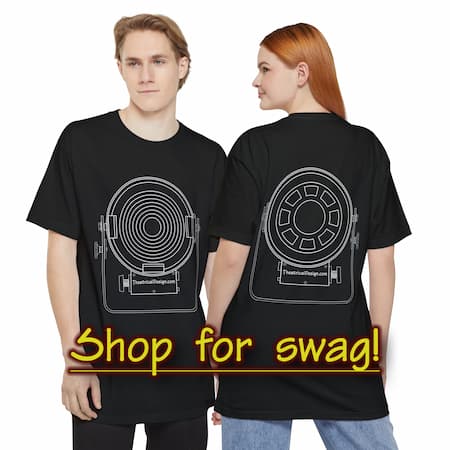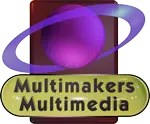Light Sources
Get Your Theatrical Design Swag!
Reflection
Light can be reflected (as when it hits a mirror). When it's reflected, it travels away at the opposite angle from which it came. Note that even a mirror absorbs some of the light that hits it.Absorption
It can be absorbed in which case the light, which is a form of energy, transforms to heat, which is the reason we get hot under the sunlight.Refraction
Or, when it passes through glass, it will be refracted. Here, white light is passing through a plate of square glass. When the light hits the glass edge, it is refracted (or “bent”). When the light hits the other edge of the glass, it is refracted again at exactly the opposite angle. If the glass is flat on both sides, the light on each side is parallel because the refraction angle is exactly opposite. Light is also refracted when it passes through other surfaces. This is why when you look at something partially underwater, it does not appear to be straight even when it is.Trouble viewing the video? Watch it directly on Vimeo.
If you want to control the light, you can make the glass so that it is not a flat sheet. If one side is flat and one side rounded, you create a lens effect.
Here, again, the light is refracted each time it hits the edge of the glass. But now, because the edges aren't parallel, the light on each side is no longer parallel as well.
Because both sides of the glass are no longer parallel, the angle of refraction is no longer equal on both sides.
Refraction.
This is how all lenses work, whether eyeglasses, magnifying glasses, or theatrical lighting instrument lenses.
This is how all lenses work, whether eyeglasses, magnifying glasses, or theatrical lighting instrument lenses.






